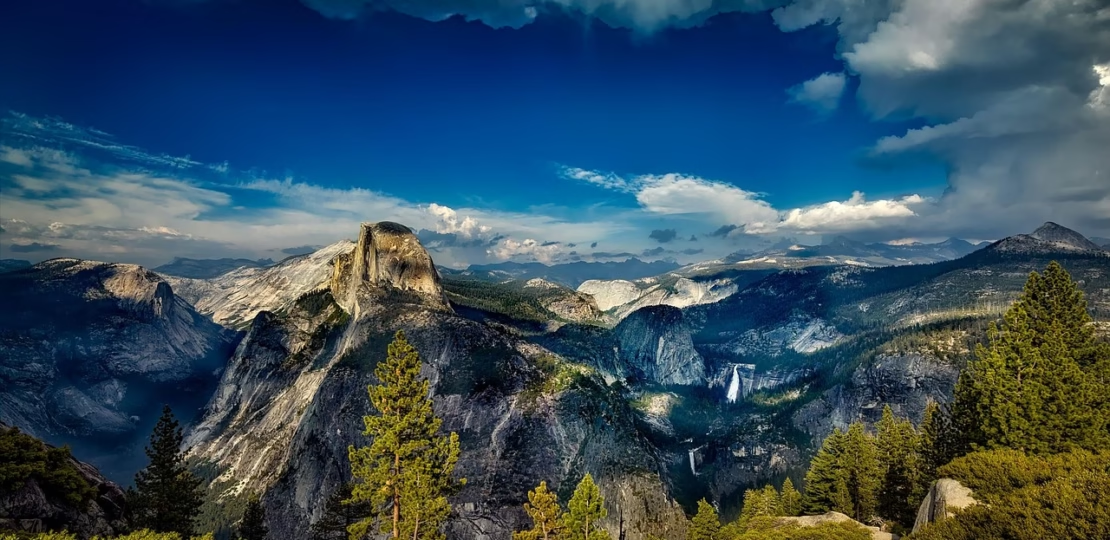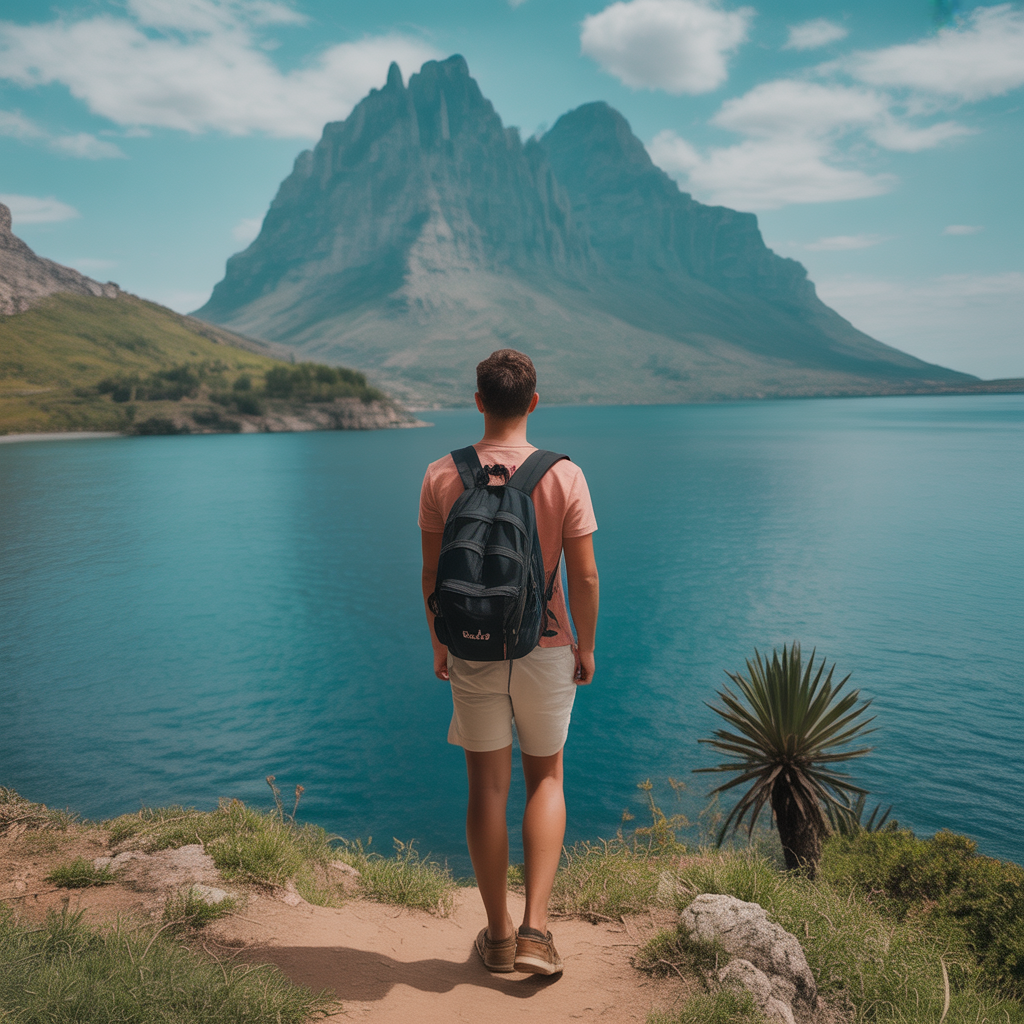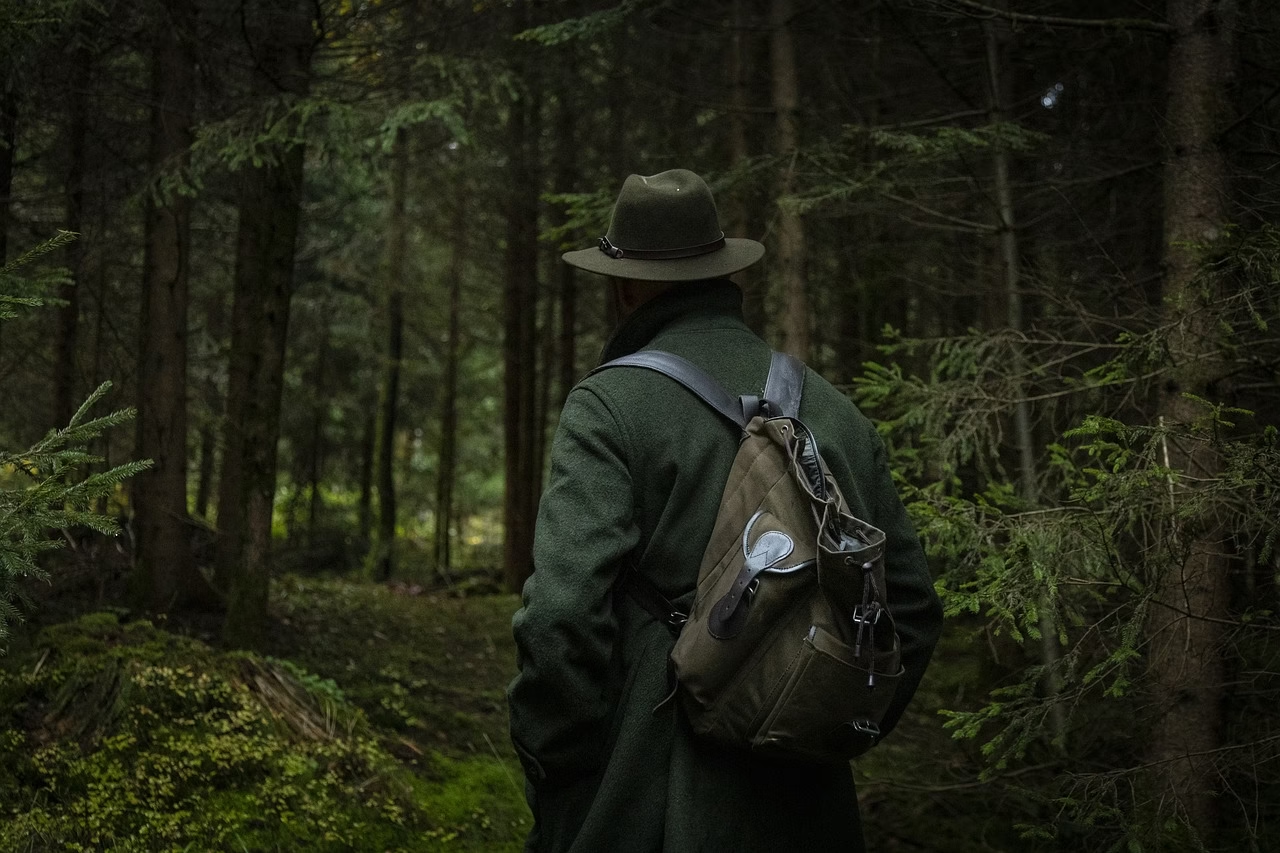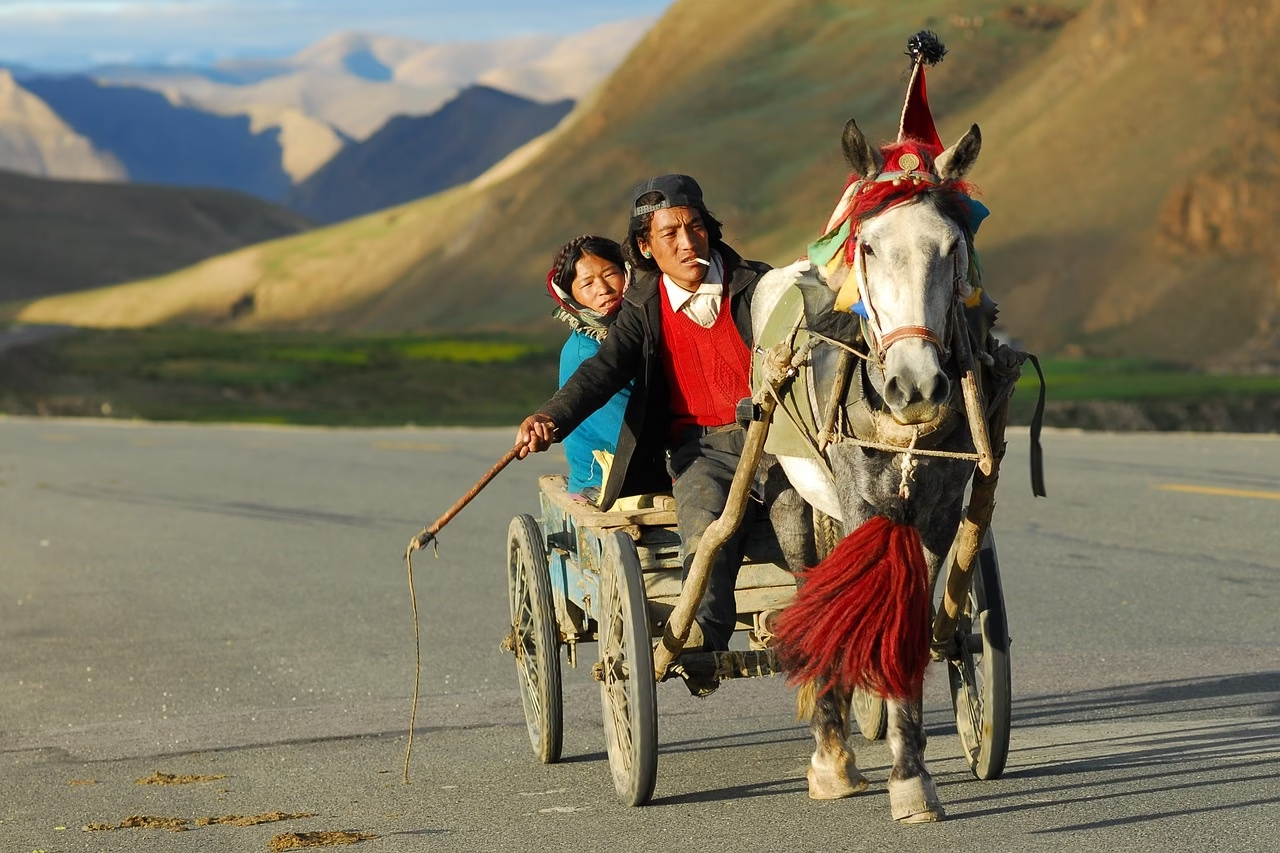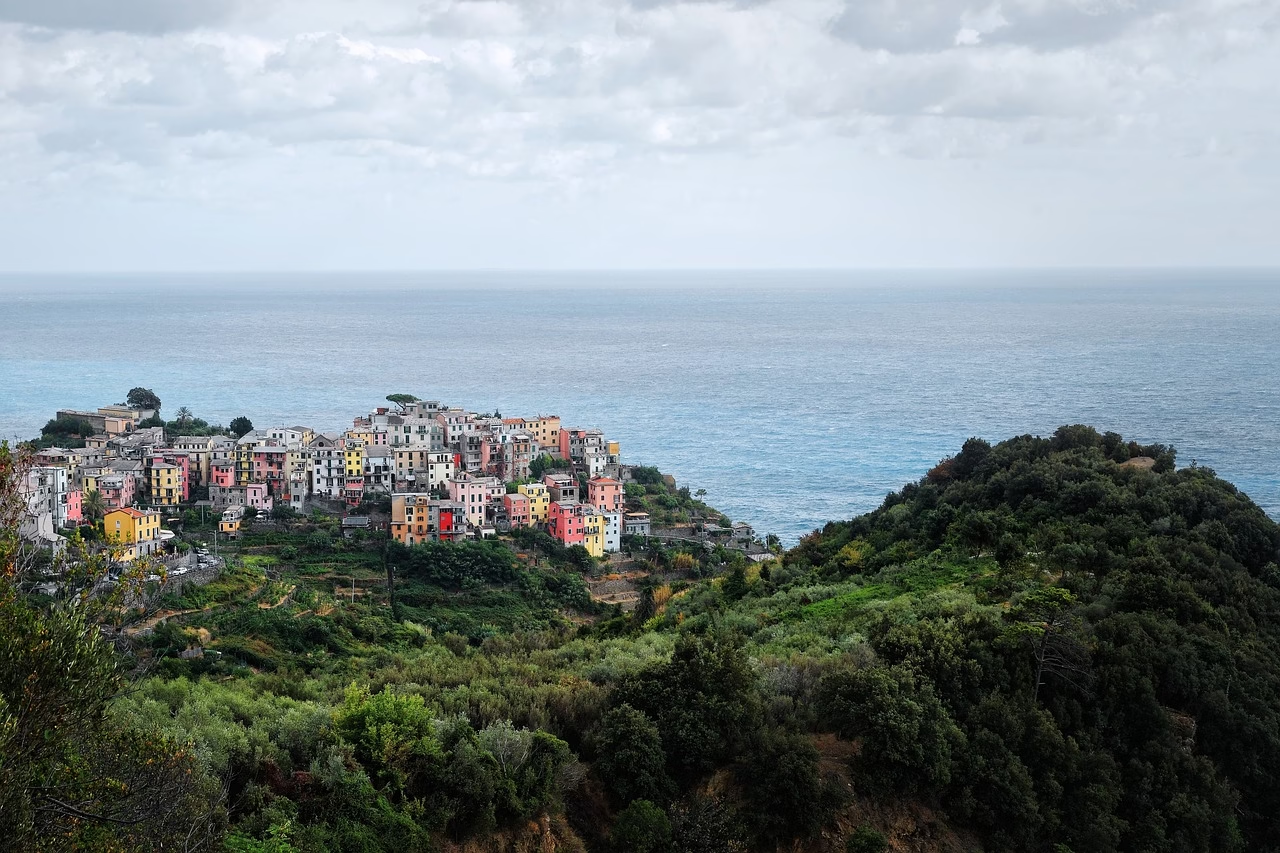Last July an asphalt-warping 48 °C scorcher pinned Phoenix to the ground. That day I stood at Sky Harbor Airport clutching a one-way ticket to Reykjavik. The idea was simple: follow the cool air wherever it drifted. Climate scientists hadn’t yet coined a term, but travel advisers were already murmuring it—coolcation. By spring 2025 the whisper had become a roar: travel-insurance platform Squaremouth logged a 30 % year-over-year rise in policies issued for Iceland alone (squaremouth.com), while Virtuoso reported a 44 % surge in bookings to northern destinations like Canada and Finland (euronews.com). I wanted to feel that migration in my own bones.
Iceland | Breathing Easy at 52 °F
When I stepped off the plane, the Keflavík breeze slid across my sun-flayed skin like silk pulled from a glacier. The mercury lingered at 11 °C / 52 °F, and the sun—midnight or midday—hung low like an ember trapped in blue glass. Within hours I was soaking in a seaside hot-spring pool near Húsavík, volcanic steam curling around freshly pink cheeks. Locals spoke of the “fire inside the earth,” yet everything outside felt hushed, almost refrigerated.
“Heatwaves have pushed us north,” a Texan mother of two told me in the queue for Gullfoss. “This summer we just wanted to breathe without burning.”
The numbers agree. Visitor counters at Þingvellir National Park recorded up to 5 000 people a day in late June 2025, a 5–6 % leap on last year according to park manager Einar Sæmundsen (icelandmonitor.mbl.is). Yet the vibe remained spacious; the rift valley seemed to stretch wider to hold the influx, its moss-padded lava cooling every hurried step.
Norway | Fjords like Liquid Sapphire
I flew onward to Bergen, trading volcanic black sands for fjord-folded coastlines. A low-hanging mist smelled of pine and brine. Locals joked that “Norwegian summer starts on a Tuesday and ends on Wednesday,” but in reality the thermometer hovered around a picnic-perfect 20 °C / 68 °F.
From the deck of the DS Skibladner, Norway’s oldest paddle steamer, the Sognefjord unfurled beneath pale-blue skies. I kayaked through still water where cliffs rose like cathedrals, their shadows chilling the air in a way sunscreen could never match. The country’s pull is palpable: travel-insurance sales for Norway jumped 27 % this season (squaremouth.com), and Statistics Norway recorded an all-time high of 16.7 million guest nights during the 2024 summer stretch, a trend continuing upward this year (ssb.no).
Canadian Rockies | Pines, Glaciers, and a Hint of Wildfire Smoke
I crossed the Atlantic again, landing in Calgary and driving the Icefields Parkway toward Banff. Even here, the coolcation boom leaves footprints: Labour Day 2024 saw 32 500 vehicles enter Banff in a single day, a traffic record that rattled locals and wildlife alike (therockies.life). Yet beyond the townsite, Lake Louise still reflected perfect alpenglow, its meltwater hues undimmed by crowds.
One afternoon, grizzlies browsed berries thirty metres upslope while I traced the Moraine Lake trail (now shuttle-only, no private cars). The mountain air tasted of spruce and pure meltwater—nature’s own coolant.
Still, the Rockies remind us that coolcationing isn’t a silver bullet. Wildfires near Jasper last year razed hotels and closed campsites, slicing projected visitation by 20 % for summer 2025 (fitzhugh.ca). Even cold places feel climate’s hot breath.
Why This Migration Matters
The coolcation boom isn’t mere trend chasing; it’s an instinctive adaptation. As southern Europe battled 45 °C infernos and U.S. cities issued “wet-bulb” warnings, travelers recalibrated. Cooler latitudes offer:
- Physiological relief: Lower temperatures reduce heat stress and make adventure—hiking, paddling, glacier trekking—truly enjoyable.
- Sustainability appeal: Nordic nations market hydro-powered hotels and electrified ferries; Iceland sells geothermal everything.
- Long-day magic: Extra daylight in high latitudes turns a one-week trip into the experiential equivalent of two.
Tips for Crafting Your Own Coolcation
1. Book early, travel wide. With demand spiking, reserve ferries and mountain huts months ahead, and consider lesser-known pockets—Norway’s Lofoten over Bergen, Iceland’s Westfjords over the Golden Circle.
2. Pack layers, not bulk. Merino base, wind shell, eye mask for polar daylight. Leave the heavy parka unless shoulder-season glaciers beckon.
3. Respect fragile ecosystems. Stick to boardwalks over Iceland’s moss, carry bear spray in Alberta, and embrace Norway’s allemannsrett ethos—freedom balanced by leave-no-trace.
4. Split carbon footprints. Trains link Oslo to Bergen, buses now outnumber cars to Moraine Lake, and Iceland’s electric rental fleet is growing fast.
The Cool North Calls
When I close my eyes now, I don’t hear the hum of AC units battling desert heat; I hear the soft pfshhh of distant waterfalls, the gull cry over Reykjavik’s harbor, the hollow echo of ice calving into Jökulsárlón. For millions of travelers this year, higher latitudes weren’t just an escape—they were a promise that wonder still thrives in cooler climes.
So if your summer forecast reads like a blast-furnace bulletin, point your compass north. The wind is crisp, the trails are long, and the planet—at least for now—still carves out pockets of sublime, breathable grace.

